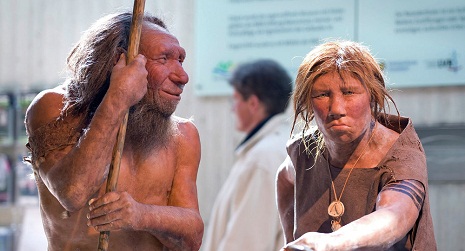The findings, published in the journal Nature on Monday, show that the individual`s close relatives interbred with Neanderthals in Europe; previously, it was thought that interbreeding between Neanderthals and humans had only occurred earlier, around 50,000 – 60,000 years ago, when the two species mixed in the Middle East when humans were first leaving Africa.
"The data from the jawbone imply that humans mixed with Neanderthals not just in the Middle East but in Europe as well," said Qiaomei Fu of the Max Planck Institute, one of the lead researchers in the study.
Genetic sequencing of the jawbone shows that six to nine percent of the man`s genome came from Neanderthals, more than any other human sequenced to date, and the only case of interbreeding between humans and Neanderthals in Europe so far known to science.
The researchers hope the finding will shed light on the process of the disappearance of Neanderthals, which is estimated to have occurred between 45,000 and 35,000 years ago, when humans spread across Europe.
"We hope that DNA from other human fossils that predate the extinction of Neanderthals will help reconstruct the interactions between Neanderthals and modern humans in even more detail," said Mateja Hajdinjak, another researcher who worked on the study.
More about:
















































